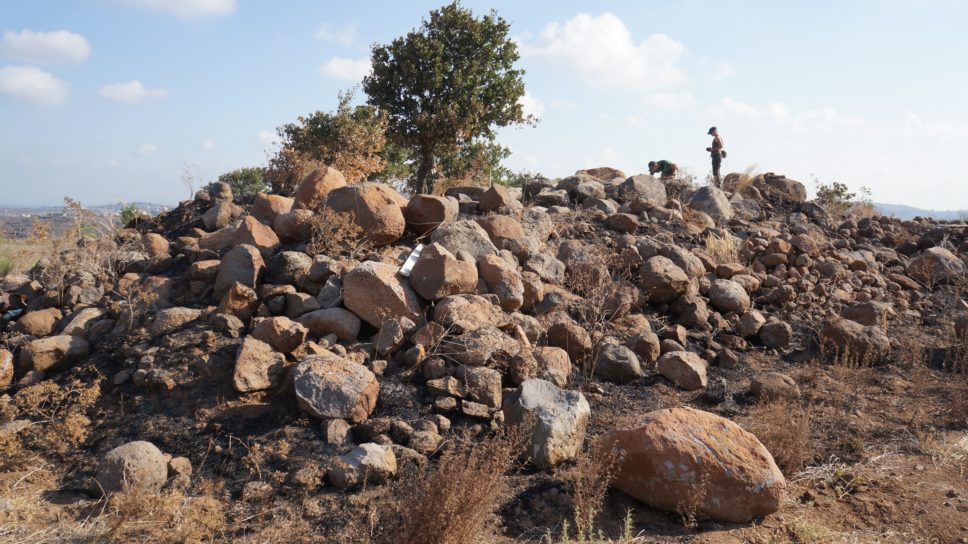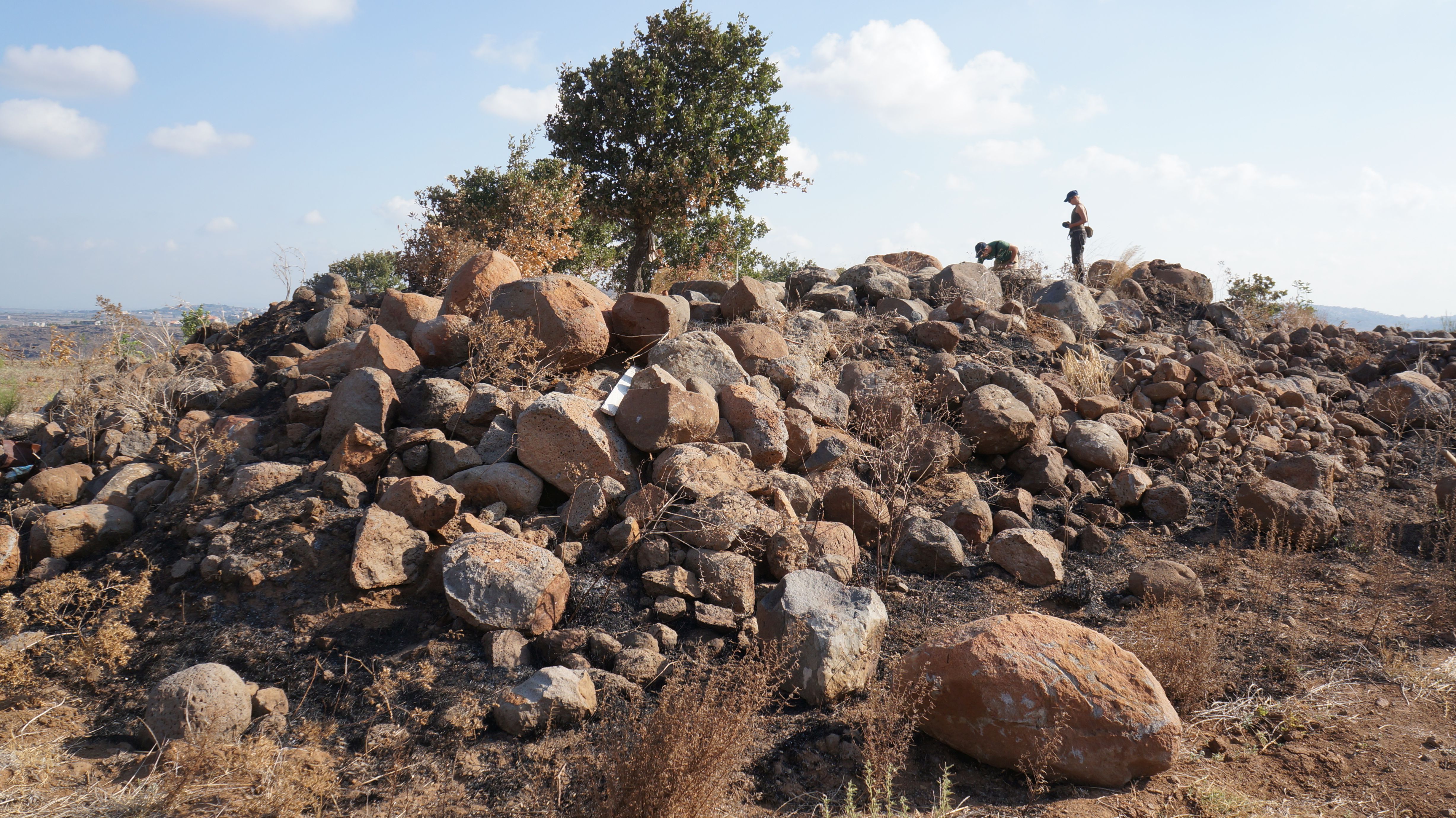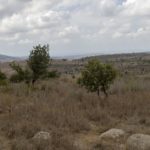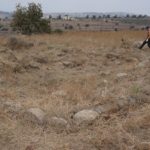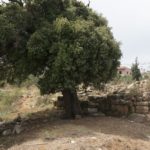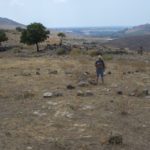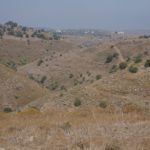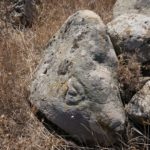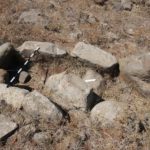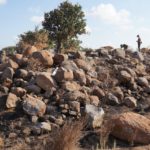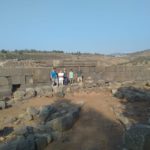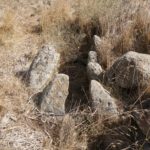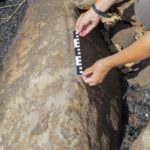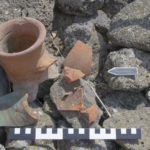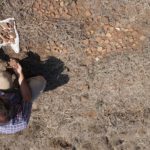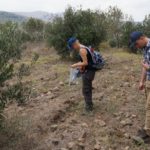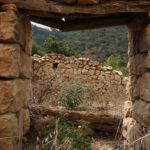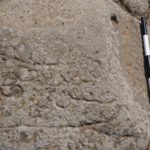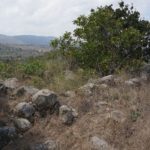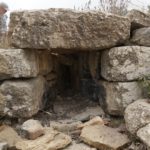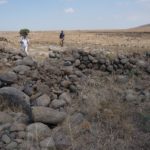Akkar Survey Project
-
Project name:
Akkar Survey Project
-
Type of site:
Different types of sites discovered during surveys: clusters of pottery, clusters of stone tools, Early Bronze Age megalithic structures, settlements, defensive structures.
Location:
Northern Lebanon
Akkar provinceDating:
- Early Bronze Age (3600–2000 BC)
- Roman period (1st–4th century AD)
- Byzantine period (4th–7th century AD)
- Crusader period (11th–13th century AD)
- Ottoman period (16th–20th century AD)
Most interesting finds:
– Houses with apses and Early Bronze Age dolmens with rock carvings depicting snakes
History of research:
Investigated by the PCMA mission in:
2018
(the research was continued without the participation of PCMA UW)
Type of research:
Field prospection
Director:
Zuzanna Wygnańska, Polish Centre of Mediterranean Archaeology, University of Warsaw
Co-operating institutions:
– Polish Centre of Mediterranean Archaeology, University of Warsaw
– Institute of Archaeology, University of Warsaw
– Direction Générale des Antiquités
Description of the site and research:
The Akkar province in northern Lebanon is one of the most important areas connecting Syria and Mesopotamia with the Mediterranean coast. Moreover, its natural conditions are very favorable for settlement and agriculture. To date, mainly the coastal lowland belt of the province has been explored; the aim of the PCMA project is to record traces of settlement in the area of the plateau. Very little is known about Akkar in the Early Bronze Age. It is, however, mentioned in Late Bronze Age written sources as an area of rivalry between Egypt and the Hittite Empire.
During the archaeological reconnaissance conducted in 2018, the PCMA mission discovered 29 sites, including several megalithic graves and two large buildings of the “broad-room” type with apses, dated to the Early Bronze Age I (second half of the 4th millennium BC). The most spectacular discovery was the association of these structures with boulders which have a snake motif carved into them. These carvings suggest a ritual function, perhaps related to a funerary cult. The PCMA mission also found defensive structures, a quarry, a sanctuary and remains of domestic architecture dating from the beginning of our era to the 18th century AD.
Gallery:
-
1. Ruins of early medieval defensive structure; Ruiny wczesnośredniowiecznej budowli obronnej (fot. G. Rzeźnik)
-
2.Early Bronze Age building with an apse; Budynek apsydalny z wczesnego okresu epoki brązu (fot. S. Rempel)
-
3. Corner of a building, perhaps of sacral character, from the Crusader period; Narożnik budowli, być może sakralnej, z okresu krucjat (fot. G. Rzeźnik)
-
4. Ruins of an extensive settlement surrounded by a wall. Preliminary dating:; Ruiny rozległego osiedla otoczonego murem. Wstępne datowanie: wczesne średniowiecze (fot. S. Rempel)
-
5. View of one of the valleys surrounding the hills with Bronze Age megalithic structures; Widok na jedną z licznych dolin otaczających wzgórza z budowlami megalitycznymi z epoki brązu (fot. S. Rempel)
-
6. Boulder with a rock carving depicting a coiled snake found near the megalithic graves; Głaz z rytem przedstawiającym zwiniętego węża znaleziony w pobliżu grobowców megalitycznych (fot. S. Rempel)
-
7. Burial chamber of an Early Bronze Age megalithic grave; Komora grobowa pochówku megalitycznego z wczesnego brązu (fot. G. Rzeźnik)
-
8. Ruins of an Early Bronze Age megalithic structure; Ruiny budowli megalitycznej z wczesnego brązu (fot. G. Rzeźnik)
-
9. The Akkar Survey Project research team in front of the Roman temple in Beit Jaalouq; Zespół badawczy Akkar Survey Project na tle świątyni rzymskiej w Beit Jaalouq (fot. O. Wasilewska)
-
10. Burial chamber of an Early Bronze Age megalithic grave; Komora grobowa pochówku megalitycznego z wczesnego brązu (fot. S. Rempel)
-
11. Boulder with a rock carving depicting a snake found near a megalithic grave from the Early Bronze Age I (3600–2800 BC) ; Głaz z rytem przedstawiającym węża znaleziony w pobliżu grobowca megalitycznego z wczesnego brązu I (3600-2800 p.n.e.) (fot. G. Rzeźnik)
-
12. Fragments of water vessels from different periods found near the path leading to the Ain Aidamoun spring; Fragmenty naczyń na wodę z różnych okresów znalezione w okolicy ścieżki prowadzącej do źródła Ain Aidamoun (fot. G. Rzeźnik)
-
13. Pottery selection on site; Selekcja ceramiki na stanowisku (fot. G. Rzeźnik)
-
14. Survey in an olive grove on the terraces below the archaeological site; Powierzchniówki w gaju oliwnym na tarasach poniżej stanowiska archeologicznego (fot. S. Rempel).
-
15. Ruins of an abandoned mill, 19th–20th century AD; Ruiny opuszczonego młyna XIX-XX wiek n.e. (fot. S. Rempel)
-
16. Boulder with an Arabic inscription; Głaz z inskrypcja arabską (fot. S. Rempel)
-
17. Ruins of an early medieval defensive structure; Ruiny wczesnośredniowiecznej budowli obronnej (fot. S. Rempel)
-
18. Part of a building, perhaps of sacral character, from the Crusader period; Fragment budowli, być może sakralnej, z okresu krucjat (fot. G. Rzeźnik)
-
19. Extensive settlement with buildings from different periods; Rozległe osiedle z zabudową pochodzącą z różnych okresów (fot. S. Rempel)

